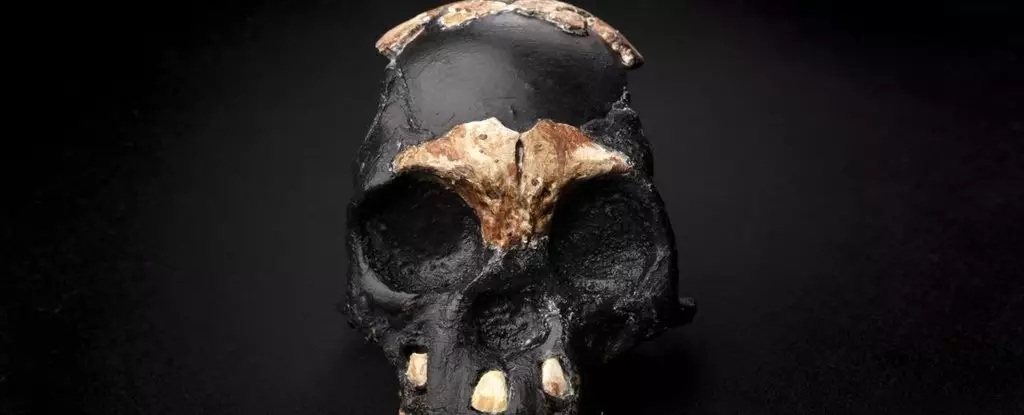The Rising Star Cave system in South Africa has been the center of attention in the scientific community due to the discovery of Homo naledi remains dating back around 300,000 years. Initially believed to be evidence of deliberate burials, a new team led by anthropologist Kimberly Foecke of George Mason University has raised doubts about this interpretation. Foecke and her colleagues found significant issues with the data analysis, visualization, and interpretation conducted by paleoanthropologist Lee Berger and his team, casting a shadow of skepticism over the claims of intentional burial practices by Homo naledi.
Berger’s team conducted an analysis of soil samples from the cave to determine whether there were differences in composition between the dirt covering the hominid remains and the surrounding soil. However, Foecke and her team pointed out that crucial details were missing from the description of this process, making it difficult to replicate their findings. Despite their efforts, Foecke and her colleagues were unable to identify any significant distinctions in the soil samples that would support the hypothesis of deliberate burials. This lack of concrete evidence raises doubts about the validity of the original claims made by Berger and his team.
In their assessment of Berger’s paper, Foecke and her team uncovered deep-seated issues with the data analysis, visualization, and interpretation methods employed by the researchers. They noted that the conclusions drawn by Berger and his colleagues were not adequately supported by the available evidence. Furthermore, Foecke criticized the mischaracterization and misapplication of statistical methods in assessing the data, highlighting a lack of adherence to established standards and best practices in the field of anthropology. This failure to meet the required criteria undermines the credibility of the study’s findings.
The Need for Caution in Extraordinary Claims
While some members of Berger’s team have acknowledged the validity of certain criticisms and pledged to make revisions to their work, Foecke emphasizes the importance of approaching archaeological research with skepticism. The public attention garnered by groundbreaking discoveries such as the Homo naledi burials underscores the significance of maintaining a critical eye towards extraordinary claims. Foecke’s call for increased caution serves as a reminder of the potential pitfalls in accepting scientific conclusions without rigorous scrutiny.
Implications for the Field of Anthropology
The ongoing debate surrounding the alleged deliberate burials by Homo naledi raises broader questions about the reliability of scientific research and the interpretation of archaeological findings. The scrutiny applied by Foecke and her team serves as a reminder of the importance of transparency, thoroughness, and adherence to methodological standards in the pursuit of knowledge. As the scientific community grapples with conflicting interpretations and conflicting evidence, it is essential to approach controversial claims with a critical mindset and a commitment to upholding the integrity of the discipline.


Leave a Reply